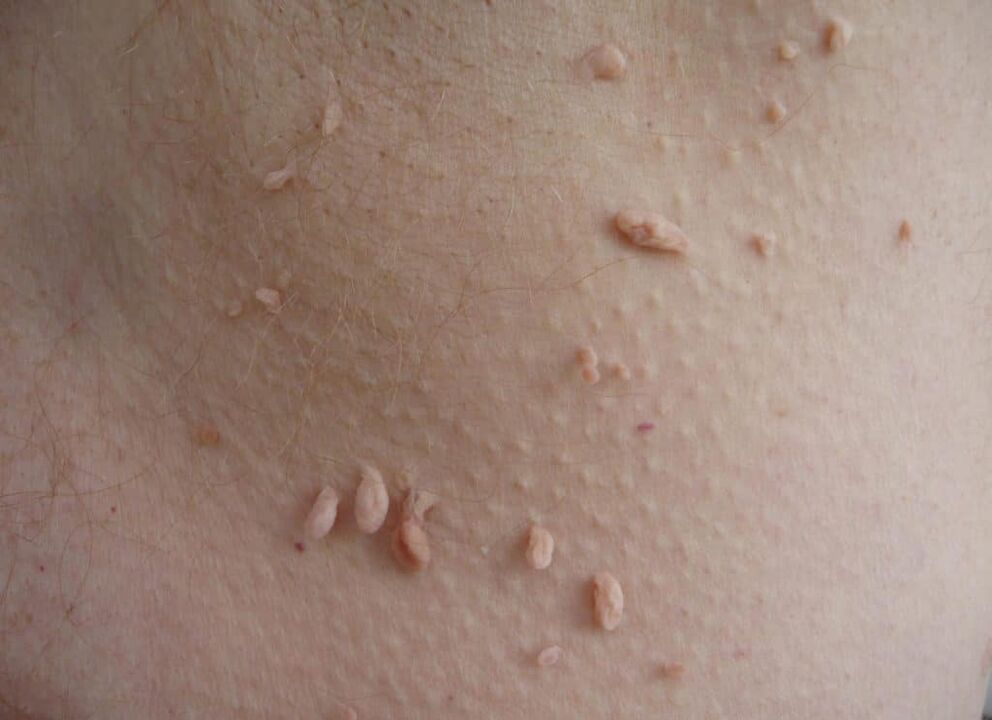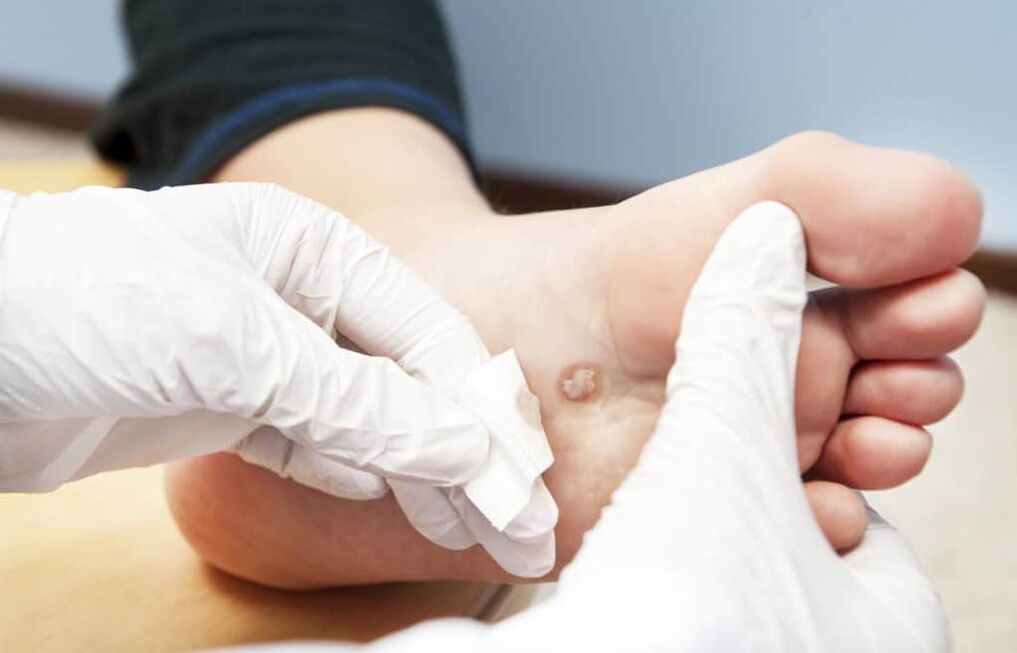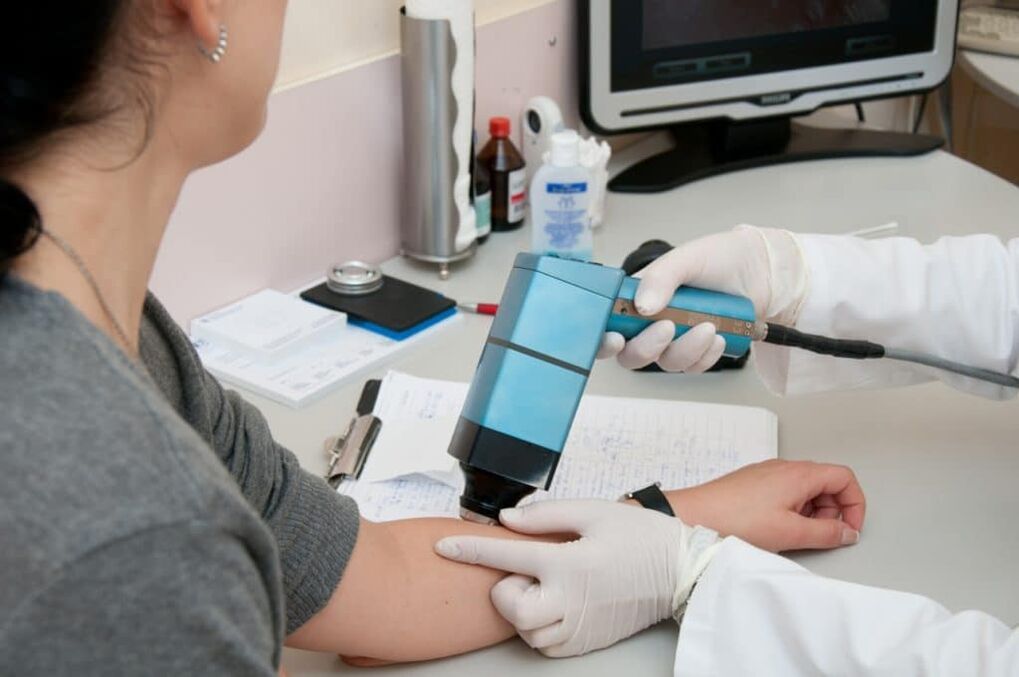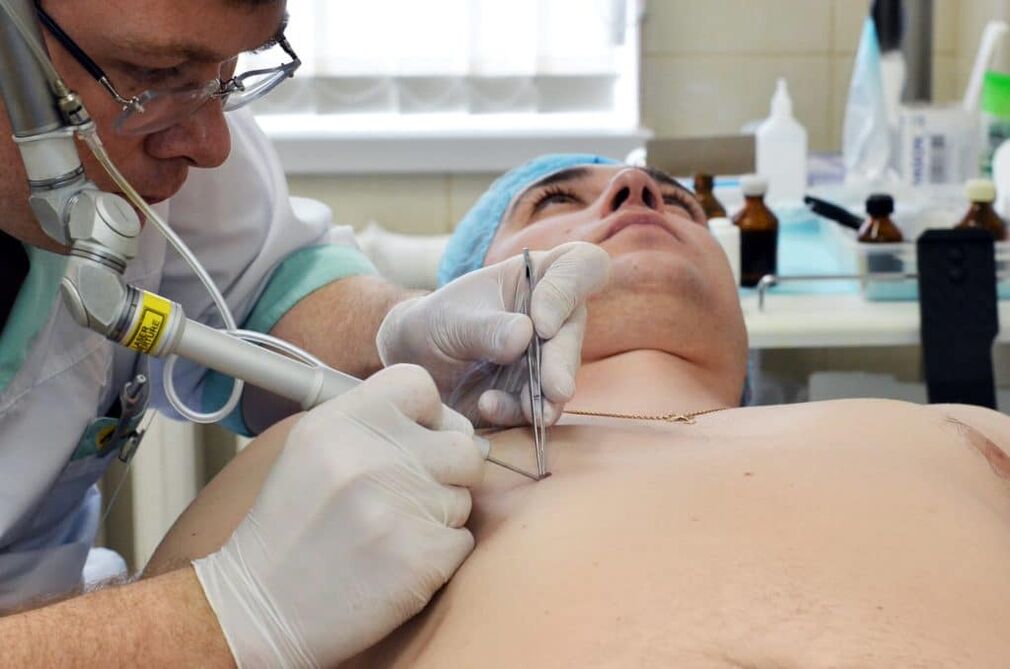Warts are benign skin growths that appear on various parts of the body.They occur in children and adults and are unsightly in appearance, uncomfortable when injured, and cause a lot of inconvenience to the patient.What causes warts?Can warts be prevented?
causes of warts

HPV can be "acquired" in a public bath or sauna, or from a manicurist due to poorly sterilized equipment.
The main cause of warts is infection with the human papillomavirus (HPV), which is spread through household or sexual contact (with the exception of keratomas, which develop due to age-related skin changes).Pathogens penetrate the body of healthy people through skin that has been injured in some way. The triggering factors may be:
- Increased viral activity in disease carriers;
- The immunity of healthy people drops sharply.
From the moment of infection to the emergence of the first form, it takes from 14 days to several years - during this time the virus does not bother the patient at all.Activation of HPV is primarily due to:
- changes in hormonal levels due to medications, pregnancy, illness;
- pressure;
- Deterioration of overall health due to illness;
- prolonged exposure to cold;
- Overworked.
Why do warts appear on the body?
Warts (papillomas) on the body develop from exposure to people or their objects that are carriers of the human papilloma virus.The routes of infection may vary:
- Use the patient's personal belongings - towels, underwear and sheets, combs, cutlery, personal hygiene items, etc.;
- Touch common objects—railings, doorknobs, elevator buttons;
- Visit swimming pools, saunas and bathhouses (especially without rubber slippers);
- Unprotected sexual contact with an infected person;
- Cleaning crowded places;
- Autoinfection (the appearance of warts on the body due to frequent trauma to the maternal structures).
Why do warts grow on hands?
Warts on the hands and other parts of the body are caused by HPV infection.Warty growths occur due to physical contact with an infected person or their belongings (for example, shaking hands can lead to infection).In this case, the following types of warts may appear:
- simple (vulgar)– The appearance of painless growths with a keratinized surface on the hands and fingers (their size increases over time);
- Week A– Various simple nails formed near the nails;
- Ping (youth)– Rounded nodules with a flat surface that appear on the backs of the hands and on the inner surfaces of the extremities below the elbows (usually seen in adolescents, but may also occur in adults).
Why do warts appear on feet?

The skin of your feet requires special care because if your feet sweat easily, viruses can more easily enter your body.
Warts on the legs are painful growths that can grow.They appear on the heels or forefoot due to infection with the HPV virus.The causes of this disease are:
- Decreased immunity;
- Presence of diseases that worsen the blood supply to the lower limbs - varicose veins, diabetes;
- Wearing shoes that are uncomfortable, tight, or of poor quality (made of artificial materials);
- pressure;
- Increased sweating of the feet;
- sleep disorders;
- vitamin deficiency;
- Dry skin.
Why do warts appear on fingers?
Warts on fingers develop from direct contact with an HPV-infected person or items he or she has used.This could be shaking hands, touching handrails on the subway, wearing someone else's shower slippers, etc.Typically, common and plantar warts spread in the manner described above.
Why do warts appear on genitals?
The HPV virus causes warts (genital warts) in the genital area, perineum, and anus and is spread through unprotected sexual intercourse.Without proper treatment, the number of genital warts can increase due to continued trauma, causing the warts to take on a cauliflower-like appearance.
How do warts start to grow?
When the human papillomavirus is activated in the body, it attacks skin cells with excessive division of skin cells and tissue proliferation (when warts begin to grow).
attention!Adequate treatment of the pathology in its early stages can return the virus to a "dormant" state and prevent further spread throughout the body.
Are warts dangerous?
Warts are benign formations and do not pose serious risks to human health.However, they still need treatment.To explain this:
- The formation is highly contagious, so they spread quickly on the skin;
- Risk of secondary infection due to accidental injury to the growing body;
- Risk of malignancy (turning into cancerous tumors);
- Risk of infecting others.
diagnosis

Treatment of warts can only be done under the supervision of a dermatologist.
Diagnosis is made by a dermatologist based on clinical findings.Additional studies, including DNA typing, are rarely needed.The main symptoms of warts are:
- No skin lines on the surface;
- Presence of blackheads (clogging of capillaries);
- Bleeding from injury.
During the examination, other skin lesions are excluded.In difficult cases, a biopsy may be performed followed by histological examination of the wart tissue.
treat
While there are many ways to get rid of warts, none of them can get rid of the cause of their appearance - the human papillomavirus.This is why the disease recurs in 30% of cases.
Warts require treatment when:
- rapid growth or itching;
- They are often injured;
- The number of formations increased dramatically.
drug treatment
Medical treatment of warts is comprehensive.Patients are prescribed:
- Agents that have chemical effects on the formation;
- Cytotoxic drugs;
- Substances that affect the immune system - interferons.
folk remedies
Folk remedies are often used to treat warts when they have just begun to grow or when a single small structure needs to be removed.In the vast majority of cases, the following recipes are used for this purpose.
- garlic.Cut a clove of fresh garlic in half and rub the cut of one clove against the wart.Treatment is performed twice daily.
- Garlic patch.Cut a plate from the garlic clove according to the size of the formation, attach it to the growth and secure it with plaster.Do this before going to bed.In the morning, remove the garlic.
- Garlic paste.Use a grater to grate the garlic.Mix one teaspoon of gruel with equal parts melted lard and four teaspoons of vinegar.The finished product is placed on a bandage, applied to the surface of the previously steamed structure, covered with polyethylene, fixed with a band-aid and wrapped with something warm.
- Garlic flatbread.Grate the garlic.Add acetic acid and flour to the pulp and knead it into a dough to make a flatbread.At night before going to bed, apply cake to the wart, cover it with polyethylene and secure it with a plaster.
Other methods

There are other more effective ways to remove warts.These include:
- freezing damage;
- electrocoagulation;
- laser coagulation;
- Surgical removal.
Cryodestruction is a procedure that uses liquid nitrogen to freeze the wart.Use a tampon attached to a stick or a special freeze applicator to apply the substance to the surface of the formation.Freezing lasts 10-30 seconds, after which the growth turns white and becomes dense.After an hour, blisters appear on the skin and eventually become crusty.
Electrocoagulation uses electric current to remove warts.A thin ring is used to sever the structure under high-frequency current, which helps avoid bleeding and sterilizes the tissue.The surgery is performed under local anesthesia.A crusty skin will form on the wart and will fall off after 7 days.If cancer is suspected, the removed tissue is sent for histological examination.
Electrocoagulation is based on cauterizing pathological tissue with electric current, resulting in the death of skin tissue.
Laser coagulation involves cutting the wart with a laser.The formation is removed layer by layer under local anesthesia.A small depression will remain at the site of the growth, which will heal in a few weeks.
Surgical wart excision is used to remove large or confluent warts.The growth is removed with a scalpel under local anesthesia.After removal, the wound edges were closed with cosmetic sutures and the biomaterial was sent for histological examination.The wart left a thin scar.
These procedures are performed only in a hospital setting.
What should I do if warts grow back after removing them?
Relapse of disease indicates activation of human papillomavirus in the body.If warts reappear, they should be removed and steps taken to strengthen the immune system.
Only after seeing a doctor and confirming the benign nature of the wart can you begin to eliminate the wart growth.Otherwise, removal using traditional methods can cause serious health problems.























